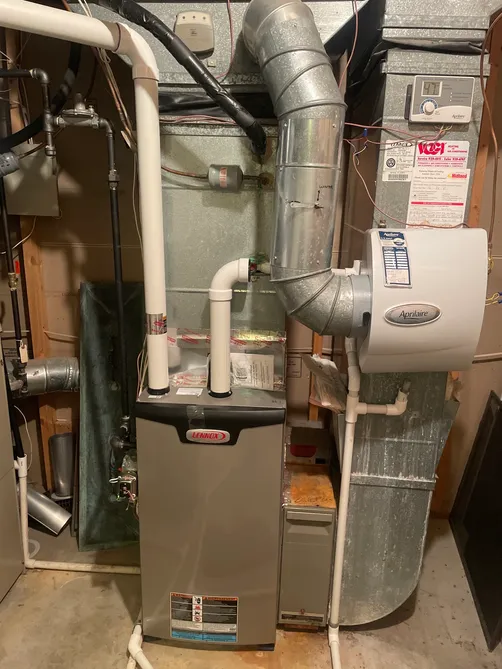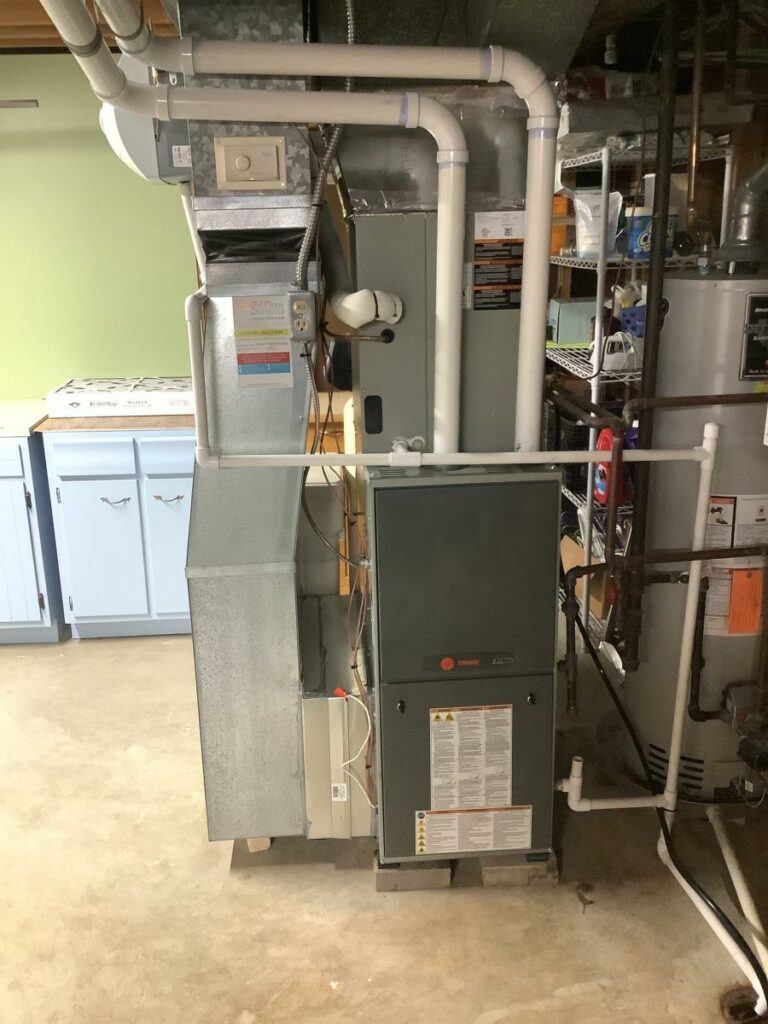The Ultimate Guide to Heater Setup for a Cozy Home
Furnace installment is a crucial aspect of keeping a comfy home setting, specifically throughout the chillier months. Understanding the numerous types of furnaces readily available and the importance of picking the proper size can greatly affect both efficiency and convenience levels. In addition, an extensive installation procedure, complemented by the right devices and products, guarantees optimum performance. This guide intends to outfit homeowners with the understanding required to make informed decisions and apply effective maintenance techniques. As you consider these aspects, the inquiry remains: what steps can you require to guarantee your furnace serves you well for several years ahead?
Sorts Of Heating Systems
When taking into consideration heater installation, understanding the various kinds of heating systems offered is critical for making an educated choice. The key sorts of heaters include gas, electrical, and oil furnaces, each offering distinct benefits and factors to consider.
Gas heaters are one of the most usual selection as a result of their performance and reduced functional expenses. They use natural gas or propane, offering quick heating and regular efficiency, making them excellent for cooler climates.
Electric heating systems, while typically simpler to install and maintain, often tend to have greater operational costs. They are frequently favored in locations where gas solution is not available or for homes with existing electric framework.
Oil heaters, though less common today, remain a sensible choice in specific regions. They melt heating oil, which can be advantageous throughout chillier months, but their dependence on oil distribution positions potential obstacles.
Furthermore, there are high-efficiency models readily available throughout these types, which can substantially lower power consumption and utility costs. Ultimately, understanding these heater kinds will help homeowners select a system that aligns with their heating requires, budget, and power preferences.
Picking the Right Size
Choosing the proper dimension for a heater is crucial to making sure ideal efficiency and power performance. A small heater will certainly struggle to maintain comfortable temperatures during the cool months, bring about raised deterioration, greater energy expenses, and prospective system failure. On the other hand, a large heating system may cycle on and off as well often, resulting in inefficient heating and uneven temperature level circulation within the home.

Heating system dimensions are usually gauged in British Thermal Systems (BTUs), which show the amount of energy called for to heat an area. It is advisable to talk to a certified HVAC expert that can perform the needed estimations and recommend a properly sized device. furnace repair. Investing in the ideal heater size not only improves convenience yet also contributes to long-lasting power savings and system reliability
Setup Refine Review
Once the suitable heating system dimension has actually been established, the next step includes comprehending the installment procedure. This procedure typically begins with an extensive evaluation of the installment website, consisting of the existing ductwork and air flow systems. Correct preparation is important to guarantee seamless combination and ideal performance of the new heating system.
The setup typically consists of separating the old system, which includes securely getting rid of any kind of electric links, gas lines, and ductwork connected to the previous furnace - furnace repair. Once gotten rid of, the brand-new heater is meticulously located and leveled, making certain that it fulfills the maker's specs for ideal operation
Next, the installer will certainly attach the needed gas and electrical lines, adhering to neighborhood codes and safety and security guidelines. Following this, ductwork may need to be modified or changed to fit the new system, ensuring reliable air flow throughout the home.

Essential Devices and Materials
Gathering the crucial devices and products is essential for an effective furnace setup. Proper preparation makes certain that the installation process is reliable and reduces the capacity for mistakes.
Key tools called for include a drill, screwdrivers, wrenches, pliers, and a level. A multimeter is necessary for electrical connections, while a pipe cutter and flexible wrench are essential for gas line installation. Furthermore, a measuring tape and a stud finder will help in making certain exact placement and protected useful site attachment of the heater.
In regards to materials, you will need ductwork, insulation, and sealing tape to make sure optimum airflow and energy efficiency. It is likewise crucial to have a brand-new heater filter accessible, along with venting materials, such as PVC pipe or metal flue, depending on the sort of heating system being set up.
Security devices, consisting of handwear covers, safety glasses, and a face mask, is likewise important to shield versus dirt and particles throughout setup. Having all these devices and materials easily available not only improves the process however likewise enhances the safety and effectiveness of the furnace installation.
Upkeep Tips for Long Life
To make certain the long life of your heating system, it is necessary to carry out a routine maintenance schedule that addresses vital parts of the system. Begin by replacing or cleaning the air filter each to next page 3 months, go to the website as a blocked filter can restrict air movement and lower effectiveness. Additionally, inspect and cleanse the blower assembly to avoid dirt buildup that can impede efficiency.
Following, check the thermostat setups and alter if required to ensure exact temperature regulation. Evaluate the ductwork for leaks or clogs, as this can cause energy loss and irregular heating. Regularly oil the motor and bearings according to the supplier's suggestions to minimize damage.
Expert examinations ought to happen each year, where a qualified professional can examine the heater's general condition, check for gas leaks, and ensure that security features are working appropriately. Take into consideration setting up a programmable thermostat to maximize power usage and preserve regular home temperatures. By embracing these upkeep techniques, you can enhance your heating system's performance, extend its life expectancy, and inevitably appreciate a comfortable and comfortable home setting.
Conclusion
Effective furnace setup is critical for achieving ideal home comfort and power performance. Recognizing various furnace types and choosing the proper dimension makes certain proper functionality (furnace repair). A precise setup process, supported by the right tools and materials, contributes substantially to the system's efficiency. In addition, normal upkeep plays an essential duty in lengthening the life-span of the heater. Abiding by these guidelines fosters a warm and inviting living room, essential for sustaining the obstacles of cooler months.